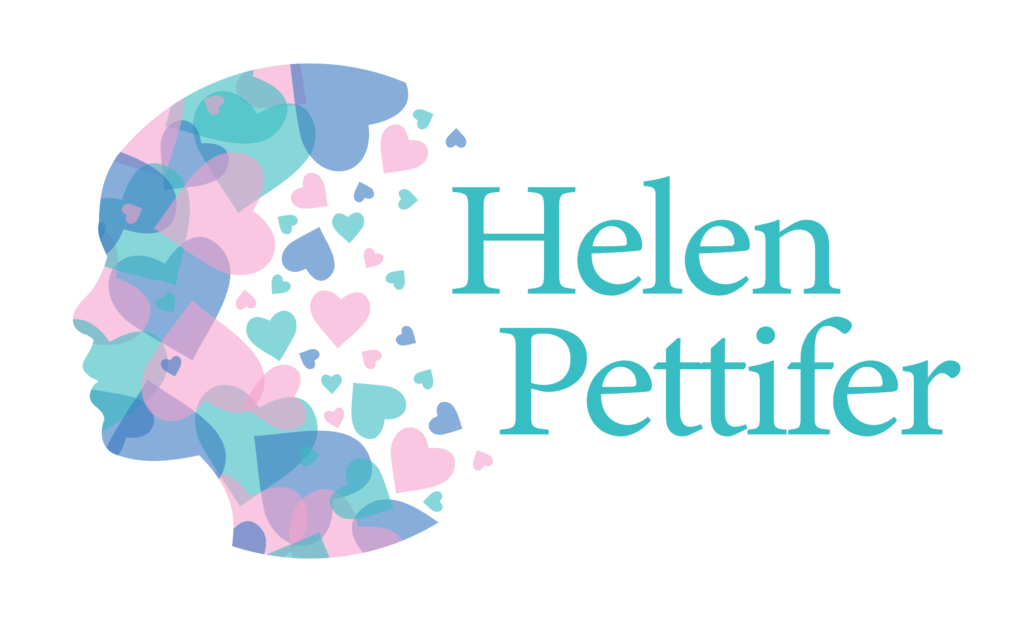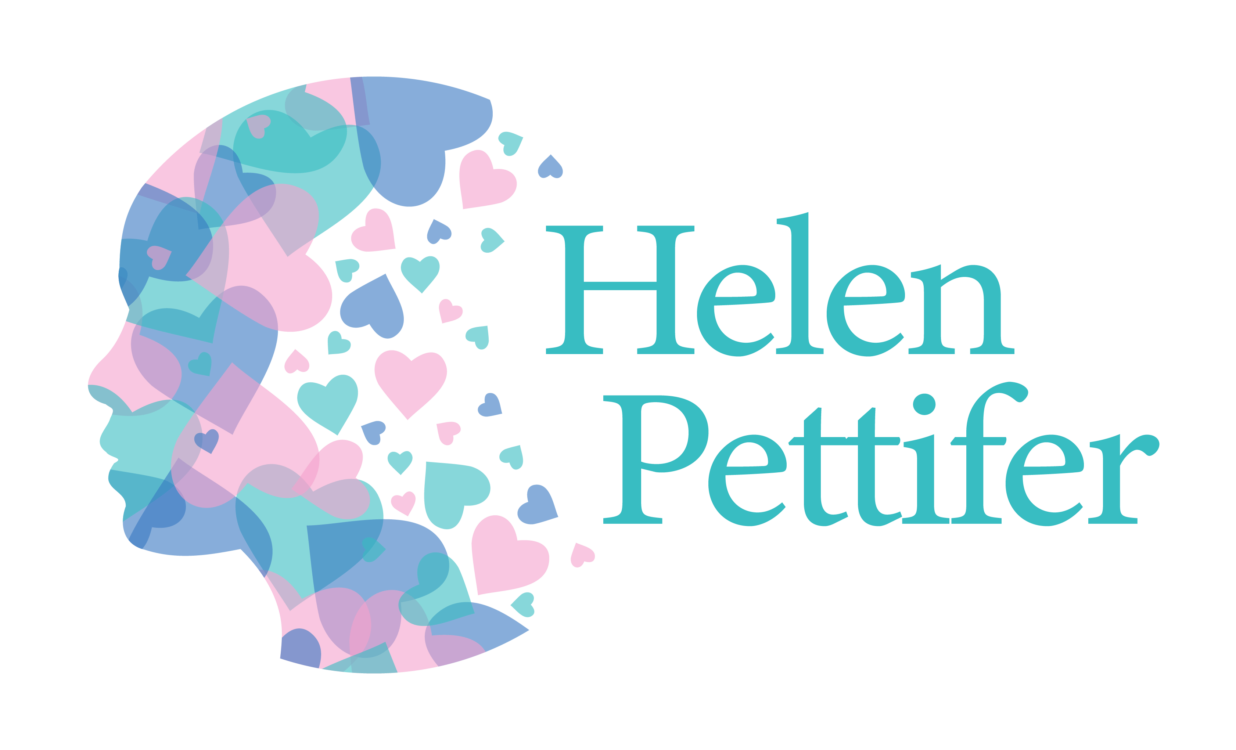Creating a Vulnerable Customer Persona
Consumer Duty requires companies to consider inclusivity in every decision. The FCA wants us to plan products, services and processes with the perspective of our customers in mind. Especially important are those facing vulnerable circumstances. So, how can we bring alternative viewpoints into strategic meetings, staff training and planning discussions? In this article, we explore the role of customer personas.
What is a Customer Persona?
A customer persona is a representation of a target customer. It identifies their key traits, needs and desired outcomes. It identifies likely behaviours, motivations and barriers which can influence how and why they engage with your company. It is ideal if the persona extends beyond the realms of interactions with your organisation. What are their life experiences, their priorities and their values? The more detailed you go, the more this character comes to life.
Creating a persona is one method used to bring customer-centred input into the workplace. The technique is widely used in marketing, where stepping into the shoes of the ideal audience is crucial for successful campaigns. Fortunately, the same principle is valuable when it comes to inclusivity.
I use personas in training to bring issues faced by some vulnerable customers to life and make the course content more relatable. If you’ve attended ‘Supporting Customers Facing Financial Difficulties’, you will have been ‘introduced to’ Tina. Whilst Kai ‘joins me’ in my ‘Understanding the FCA’s Resilience Driver’ training.
Are There Disadvantages to Creating Customer Personas?
The disadvantage of creating a customer persona is that they are formed from your projections of what someone of that demographic is like. It can be based on assumption and bias, rather than lived experiences. As such, it might help companies to think more broadly, yet it can’t provide a genuine understanding of another’s perspective.
For this reason, I would encourage anyone creating a persona to research and reach out. The more you understand the customers that the persona represents, the more real they become. Even if there are team members that match the demographic, I encourage you to broaden your horizons and look beyond those in your organisation.
For example, if you were focusing on a persona with impaired vision, you could:
- Talk to customers who have disclosed visual impairments
- Visit a local charity that provides activities and support to visually impaired residents
- Read about lived experiences, like this student’s account of being visually and hearing impaired at university.
- Watch videos in which visually impaired people explain issues and solutions, such as this one which was shared on the Parvis YouTube Channel.
- Try out customer interactions wearing simulation glasses
Understanding Complex Issues
Another consideration is that one persona cannot begin to represent all of your customers. In addition, customers may face multiple issues. For example, a visually impaired customer might also be grieving the loss of a parent and dealing with a leak in the roof. These events impact their ability to process and act on the information that you provide.
This is one of the reasons why I created my More Than Meets The Eye resource. This provides a range of basic personas, along with life event and health condition cards. If you select a person card, with a couple of the potential vulnerability cards, you can consider a wider range of customers and consider how complex issues might impact their customer journey.
How Do You Create a Customer Persona?
Current data is a useful place to start when creating your customer persona. Select a specific demographic that your organisation wants to focus on. You might be aware that you receive higher-than-average complaints from a particular group of people. Alternatively, feedback from frontline staff may reveal a lack of knowledge and confidence in serving a certain type of customer.
From this starting point, you start building a character:
- What is their age, occupation and status?
- What are their priorities, values and motivations?
- Who or what influences their decisions?
- What challenges do they face that may make it harder for them to engage?
- How do they prefer to interact with your organisation?
With the core persona in place, you begin creating a story around them. You could map out their customer journey or consider what would happen if your persona didn’t follow a certain procedure. The final step is to name them.
An online search can provide basic persona templates for you to populate with the information you’ve gathered.
Now you have a persona, they can have a seat at the table in team discussions, planning meetings and review sessions. What would they do or how would they respond? For one of my clients, ‘Hazel’ is one of the team and this persona’s perspective is considered in all meetings.
Listen to Understand
My final point is to highlight that personas are no replacement for conversations with customers that focus on understanding their needs. Take every opportunity to engage with genuine people, be that on a 1:1 basis or in a focus group.
Invite customers from specific demographics to test new processes or products. What works for them, where are the gaps or challenges and how would they recommend these are resolved? This insight is a valuable resource in your move to inclusive customer service and Consumer Duty compliance.
About the author.

Helen Pettifer FRSA.
Helen Pettifer is Director of Helen Pettifer Training Ltd and a specialist in the fair treatment of vulnerable customers.
She has a background in call centre management and is committed to customer service excellence. Her training ensures front-line staff gain the awareness and resources to confidently identify and respond to signs of vulnerability.
Helen Pettifer is a British Standards Institution (BSI) associate consultant for BS 22458: 2022 Consumer Vulnerability, a Mental Health First Aider, a Suicide First Aider, a Dementia Friend, and a Friends Against Scams Champion. Recognised as a changemaker, she was invited to become a Fellow of the Royal Society of Arts in 2022.


